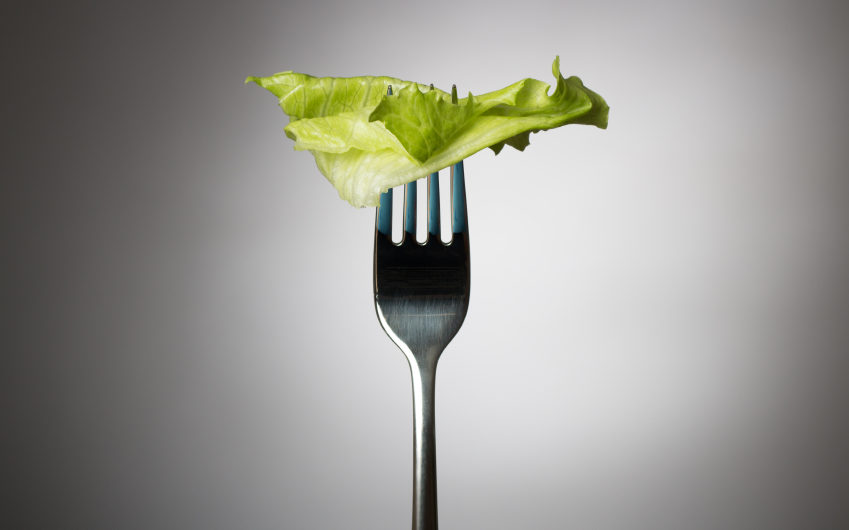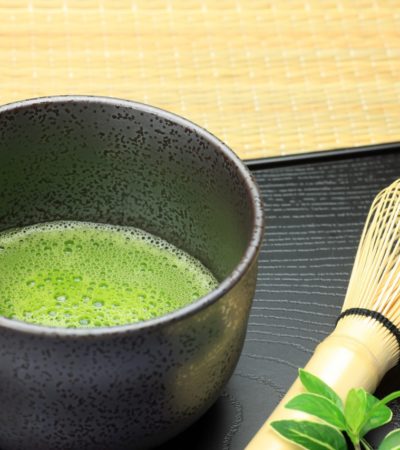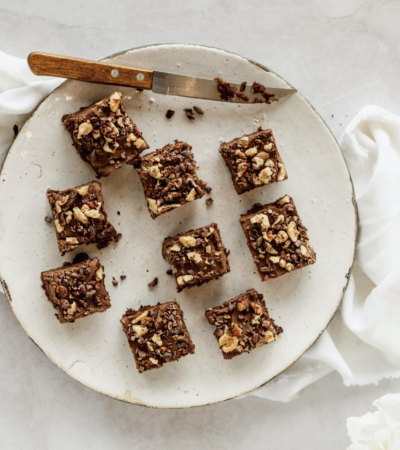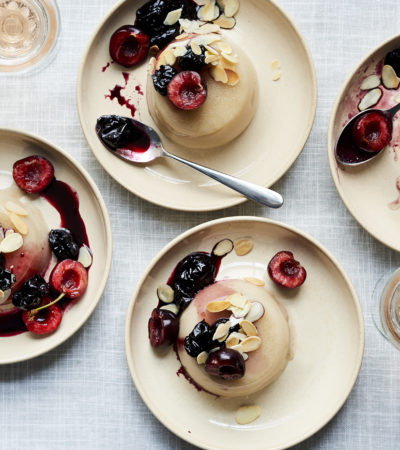The History of Diets: What Diet is Best For Us?
words by Helen Carr
We’ve all heard of the Paleo or ‘Caveman’ diet, which is proven to help us lose weight by taking things back to basics and eating like our ancestors. It is certainly true that we could learn a thing or two from the way people used to eat as two hundred, to two thousand years ago, people were living and eating preservative, additive and fairly sugar free!
Today we are sold by slogans and we’re after something quick and easy. We’re so easily duped by packaged goods calling themselves ‘healthy’ but are usually stuffed full of sugar, salt and preservatives. Sadly, even now when we think we are being healthy by eating a bowl of strawberries, unless organic we’re also eating the chemicals they’ve been sprayed with. Before food could be preserved people were eating freshly grown fruit and vegetables and their animals were grass fed.
So the questions are, what were our ancestors’ diets really like, who were the healthiest, and could eating like them make us much healthier and happier? We review the diets of the past with an nutritionist, Hayley Stafford-Smith’s, opinion of whom we should try to imitate.
The Mayans
We all love chia seeds. They have eight times more the Omega 3 content than salmon, seven times more vitamin c than an orange and are without doubt one of the top recently declared super-foods. The Mayans used to trade this little seed with the same value as money and it was a staple in the Aztec and Mayan diet. Aztec warriors used Chia as their main source of fuel during conquests and medicinally, they also used it to relieve joint pain and stimulate saliva. The Mayans were also the forbearers of some of our favourite health foods such as cacao, making chocolate which became a favourite drink of the upper classes. Meat was eaten infrequently but was replaced with a lot of maize, made into tortillas. They also ate a lot of chilli which is full of anti-oxidants, iron and magnesium, beans, potassium rich bananas and honey.
Hayley Says: This diet is rich in anti-oxidants and vegetable protein and low in sugar. Not only does the chilli pepper release endorphins and promote cardio-vascular health but it is also a powerful aphrodisiac! One potential negative, however, is the lack of animal protein. Fish and poultry would be a good addition.
The Ancient Greeks
We all think of the Grecian diet as a healthy one, the typical Mediterranean feast of olives, salad, and fresh fish, and of course sunshine. The ancient Greeks certainly had a similar diet, that is, if they could afford it. The common folk in cities could rarely afford fresh fruit and vegetables which were extremely expensive, they had to make do with dried. The main foods consumed were bread made from barley, figs, pomegranates and nuts as well as chickpeas. Most people would eat birds and rabbits, sardines and anchovies and the wealthier citizens would dine on meat such as goat, lamb and beef. The island dwellers would have the luxury of seafood. The ancient Greeks are known for their athletes and the philosopher Pythagoras was the first to direct athletes into eating meat, with the idea that to eat beef would mean to be as strong as an ox!
Hayley Says: The lack of fresh fruit and vegetables in the diet of a poor ancient Greek would have led to reduced vitality, a weakened immune system, low mood and scurvy. Fresh fruit and vegetables are the richest sources of vitamins and have anti-oxidant and anti-inflammatory effects; beneficial to both short and long term health Tomatoes are a great source of lycopene which would have protected the skin of richer Greeks from the sun. The island dwellers were lucky in that they had easy access to fresh fish; an ideal source of animal protein and rich in vitamins, minerals, omega 3 fatty acids and, in the case of shell fish, selenium which has cancer-fighting properties.
The Tudors
Henry VIII was never famous for his slim waistline and by accounts of the court diet, it is certainly clear why! The Tudors were of the opinion that vegetables were for the poor and fresh fruit gave people digestive problems causing it to be banned in 1569! The Royal deserts were made with sugar which was rare and expensive leading to the upper classes suffering from tooth decay. The favourite food of the court were meat pies made with refined flour, along with delicacies such as beaver tail. The court would throw lavish feasts making a spectacle of the meal, often serving pies containing live animals that would burst out when it was cut. The Tudors also knew how to drink, famously putting away 600,000 gallons of ale a year in Hampton Court Palace alone! The decadence of the Tudor diet inevitably lead to serious ailments such as gout and scurvy. Scurvy became known as ‘the disease of London’ due to the courts consumption of such rich food.
Hayley Says: Large amounts of animal protein, animal fat, refined sugar, alcohol and salt make this diet highly fattening, acidic, dehydrating and quite quickly fatal. Their insides would have looked like a sink drain clogged with lard!
The Victorians
The Victorian diet brings back memories of Oliver Twist and the infamous gruel served to the orphans in the workhouse. This stereotype leads us to believe the Victorians were under nourished when in actual fact the working class Victorians had a much healthier diet than originally thought.
The Victorian diet was largely plant based. Today we are told we should be consuming 5 portions of fruit and vegetables a day but the Victorians were eating around eight! All seasonal and all organic. Favourites consisted of potatoes, artichokes and carotene rich carrots with staple foods such as beetroot, watercress and cabbage. The summer months brought fresh lettuce, radishes, peas, beans and delicious summer fruits like vitamin c rich strawberries. Not only did they eat a full diet of fruit and vegetables, they also enjoyed highly nutritious omega-3 rich oily fish such as herrings, oysters, mussels and cod and delicious but expensive brazil nuts and almonds as a Christmas treat. Families would often keep a hen in the garden to supply them with eggs, a fantastic source of protein and would keep their salt and sugar intake at a minimum. In contrast to our over indulgent lifestyle, the Victorians would stretch out their rations, often cooking a joint of meat for the family to consume throughout the week.
Hayley Says: The positives here are the large quantities of organic fruit and vegetables which were locally sourced, seasonal and fresh therefore containing high levels of vitamins and antioxidants. Today we live in a time of 365 fruit and vegetable supply but actually eating seasonally and in accordance with nature has huge health benefits. Non-seasonal foods require bending of nature’s rules in order for them to survive the improper season in which they are brought into the world. By eating freshly harvested produce the Victorian would have rotated their foods thereby keeping their bodies from developing intolerances to certain foods and reaping the health benefits of a diet that is diverse and naturally detoxifying.
The Verdict:
Take the chia seeds and chilli from the Mayans, the olives, olive oil and fresh fish from the island dwelling Greeks and the seasonal fruit and vegetables and occasional joint of meat from the Victorians, you have a full and nutrient rich diet. The Tudors can forget it!
Tudor diet:
Victorian diet:
Ancient Greeks:















